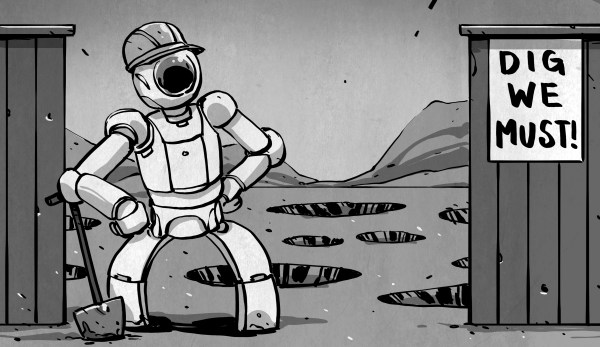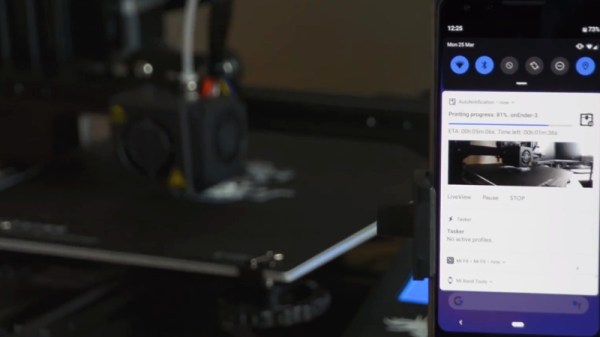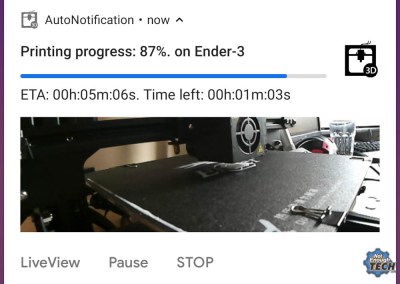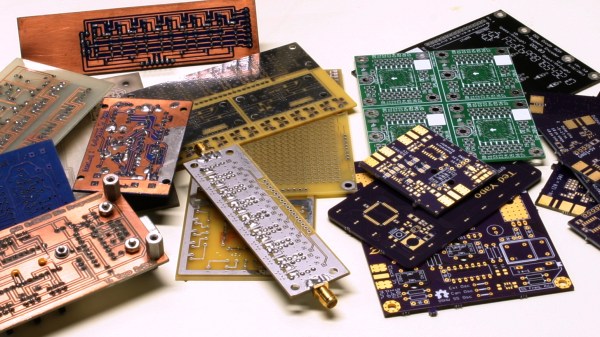The SEGA Genesis (aka Mega Drive) was launched at the tail end of the 1980s, bringing a new level of performance to the console world. At the time, 2D graphics ruled the roost, outside a few niche titles here and there. Decades later however, the demoscene continues to work in earnest. The Red Eyes demo is a great example of what can be done when pushing the Genesis hardware to the limits.
The demo features full motion video and an impressive 3D sequence. It’s quite a feat to pull this off with the limited resources of the Genesis platform. [Remute], [Kabuto] and [Exocet] have laid their secrets bare in a technical document, describing in explicit detail how it’s all achieved.
There’s plenty of juicy reading material here. There are palette hacks to produce high-quality greyscale images, rendering tips to produce the smooth 3D rendered sequences, as well as optimizations to create the best possible sample playback using the onboard YM2612 sound chip. It’s a tour de force of development, and it’s astounding to look behind the curtain to see just what can be achieved.
If you’re thinking about tinkering with the Genesis yourself, you might find it useful to have a dev kit on your bench. Video after the break.
Continue reading “Full Motion Video And 3D Graphics Make This Genesis Demo Pop”


















